Earth
Sign up for our newsletter
We summarize the week's scientific breakthroughs every Thursday.
-
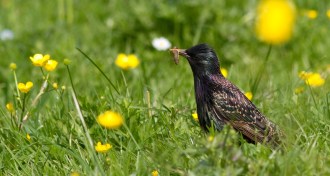 Environment
EnvironmentDecline in birds linked to common insecticide
In addition to harming bee populations, neonicotinoid insecticides may also be detrimental to bug-eating birds.
By Beth Mole -
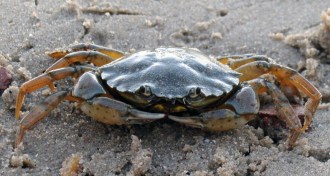 Environment
EnvironmentMicroplastics lodge in crab gills and guts
Crabs can absorb microplastic particles through their gills and by eating polluted mussels.
By Nsikan Akpan -
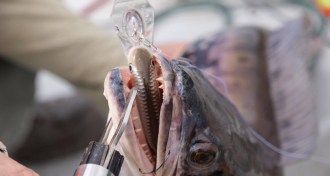 Ecosystems
EcosystemsIf you really hate a species, try eating it
Dining on invasive fish such as snakehead and lionfish can reduce their numbers, but we can’t entirely eat our way out this problem.
-
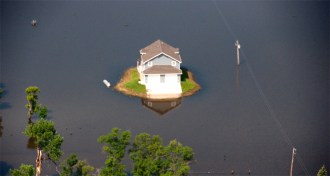 Earth
EarthGravity variations foretell flood risk months in advance
Tiny gravitational tugs from saturated river basins allow NASA satellites to forecast flood risk.
-
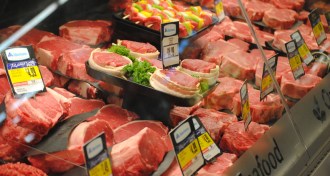 Climate
ClimateMeat-eaters’ greenhouse gas emissions are twice as high as vegans’
Meat-eaters dietary GHG emissions are twice as high as those of vegans, a study finds.
-
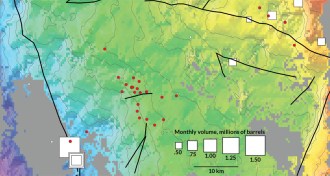 Earth
EarthOklahoma earthquakes triggered by wastewater injection
Dumping wastewater from the oil and gas industry into disposal wells may have set off swarm of earthquakes in Oklahoma.
By Meghan Rosen -
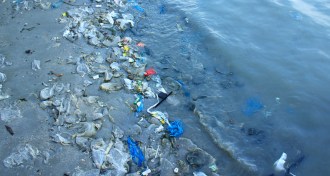 Environment
EnvironmentPlastic goes missing at sea
A survey of the world’s oceans finds far less polymer trash than expected, and researchers don’t know where the rest of the plastic is.
By Sam Lemonick -
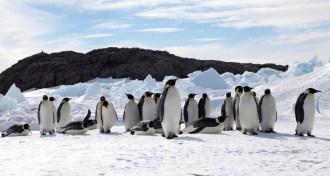 Animals
AnimalsEmperor penguin population could decline by 2100
Emperor penguins’ reign over Antarctic sea ice could be in decline by the beginning of the 22nd century.
-
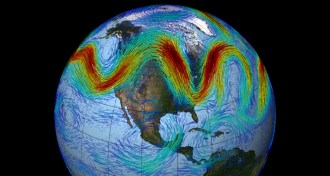 Earth
EarthWavy jet stream linked with extreme weather
Extreme weather events have been linked with big waves in the jet stream.
-
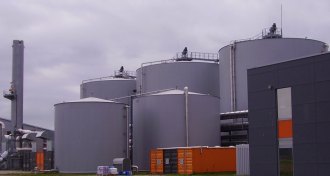 Environment
EnvironmentTriclosan may spoil wastewater treatment
Common antimicrobial could make microbes more drug resistant and less efficient at breaking down sewage sludge in municipal treatment plants.
By Beth Mole -
 Environment
EnvironmentE-cigarettes may inflame lungs as much as cigarettes do
Acute lung impacts of e-cigarettes and tobacco cigarettes are nearly identical, new study finds.
By Janet Raloff -
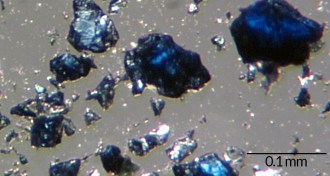 Earth
EarthEarth’s deep interior holds vast reservoir of water
Ocean’s worth of water trapped in Earth’s mantle, lab experiments and seismic data suggest.